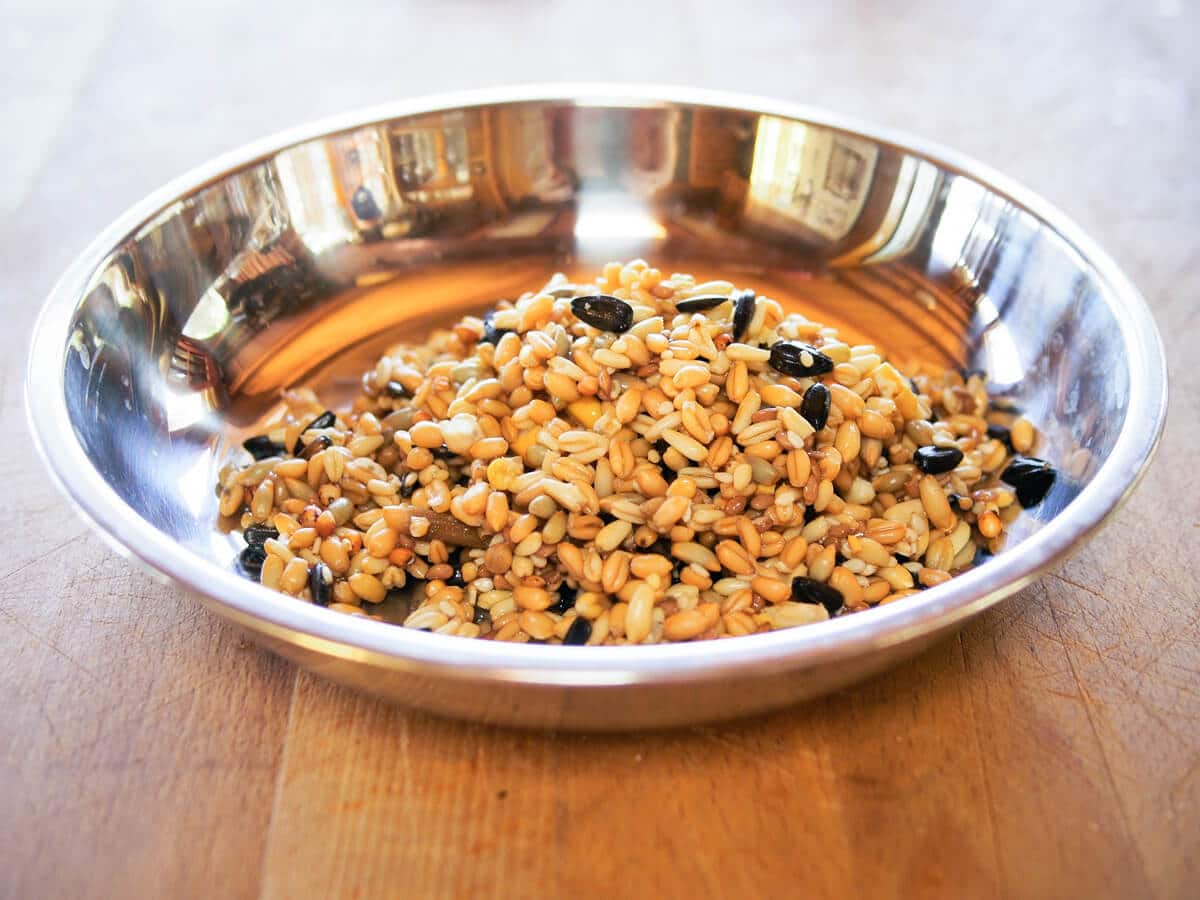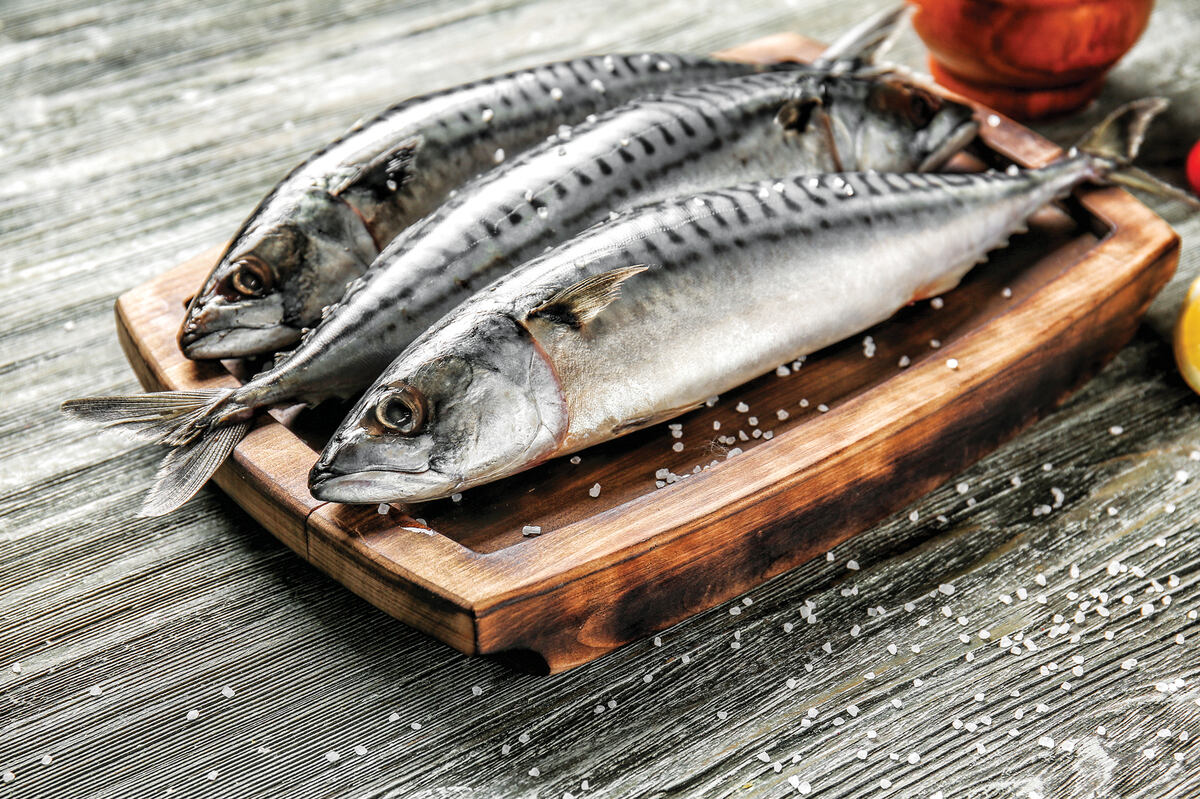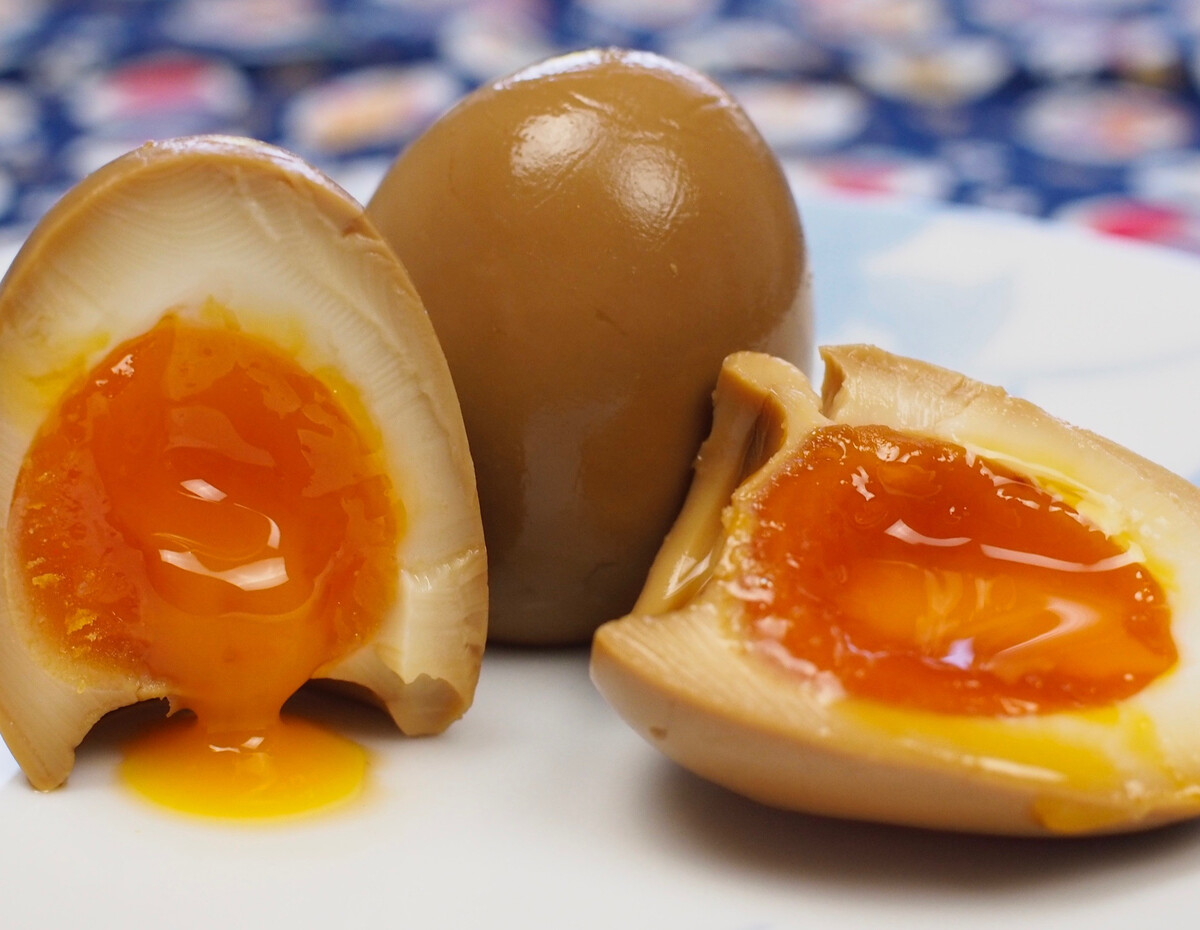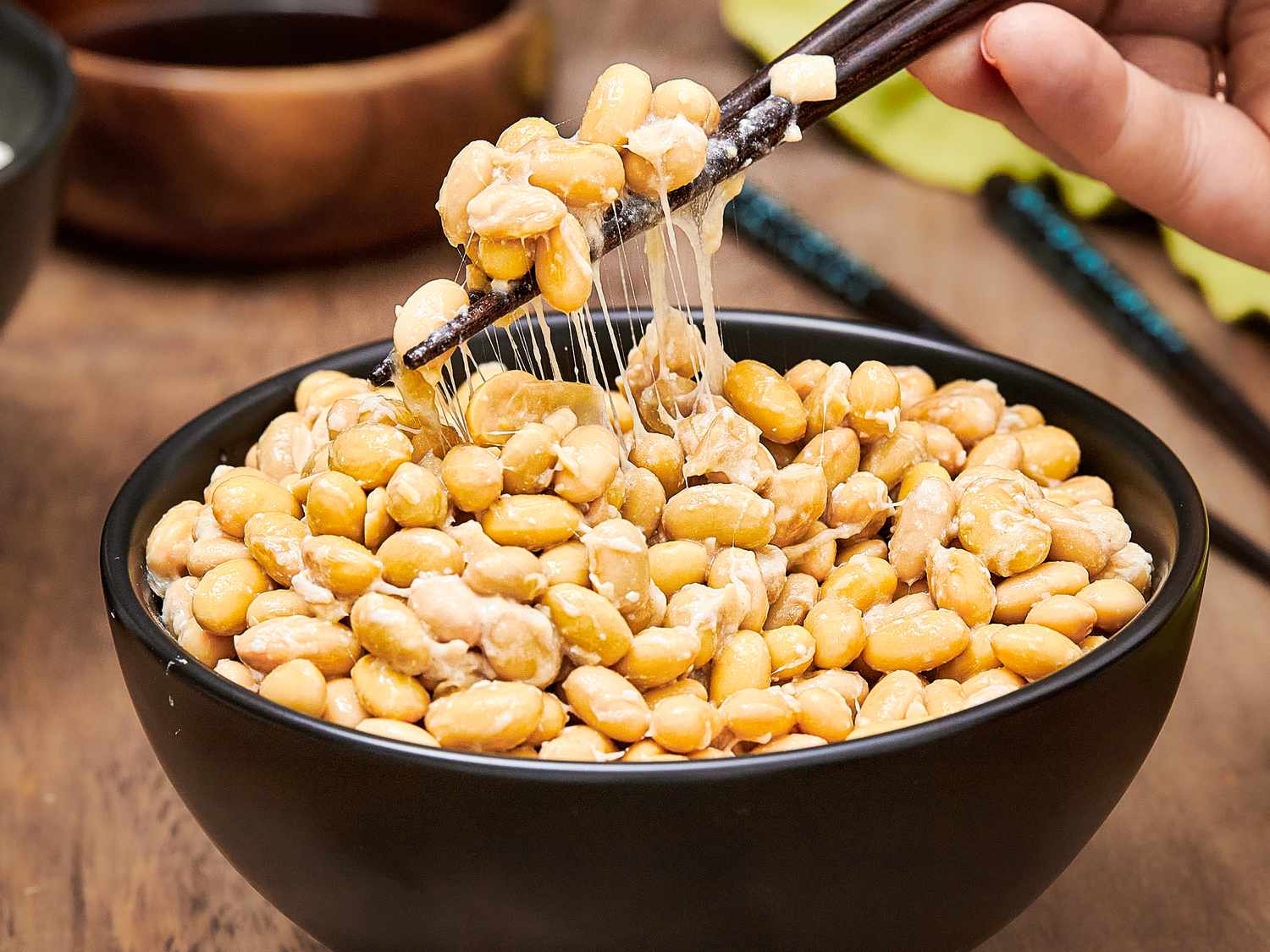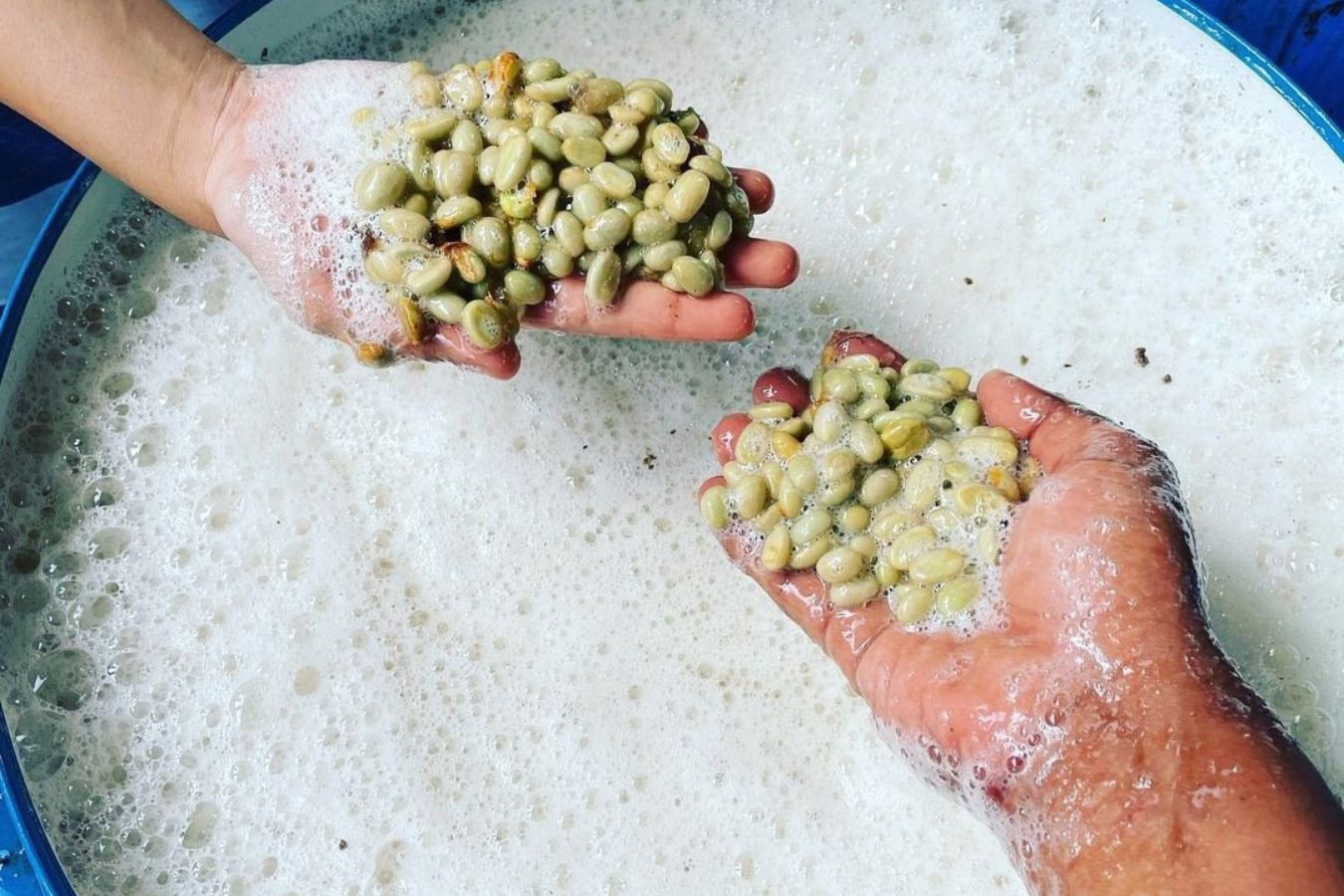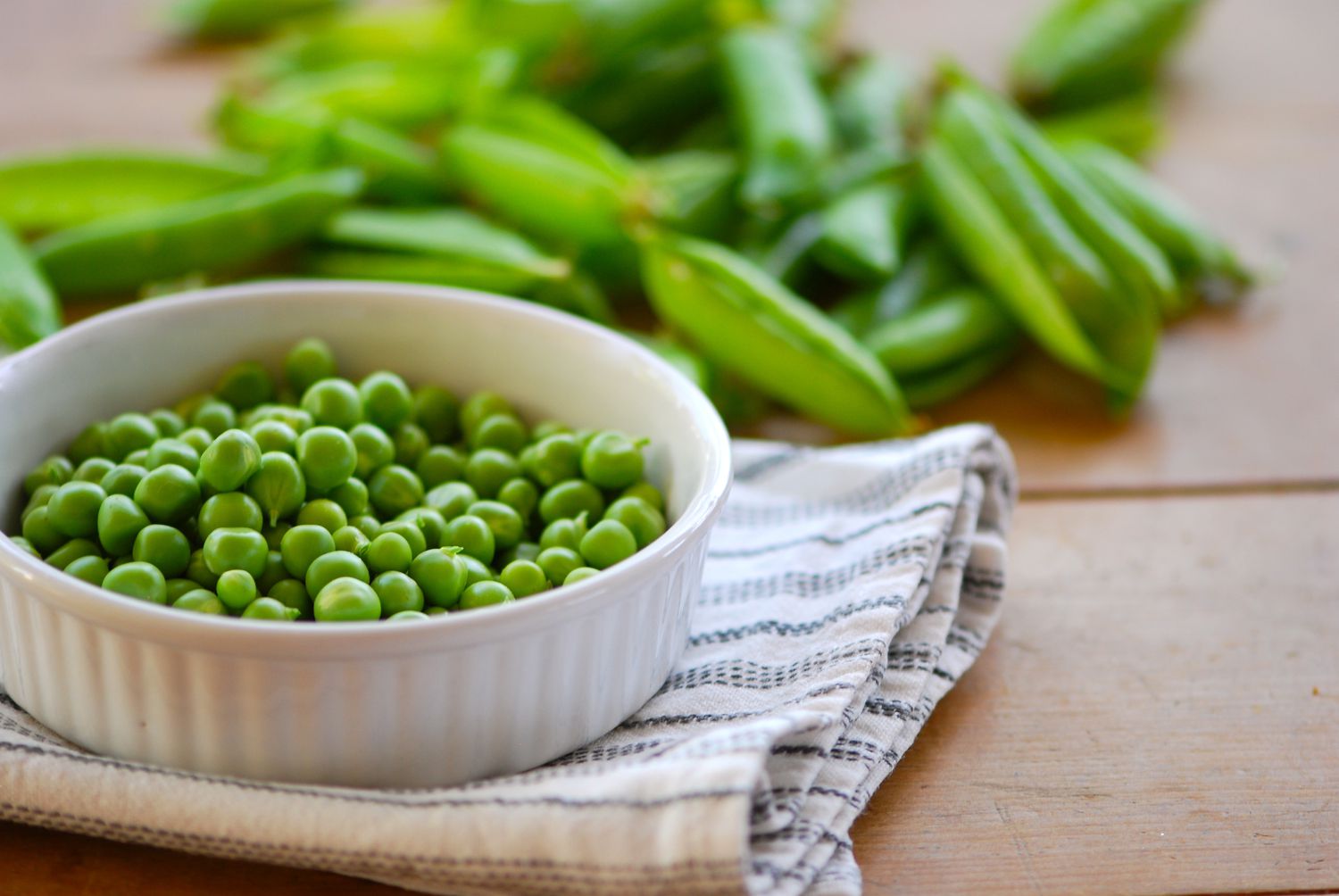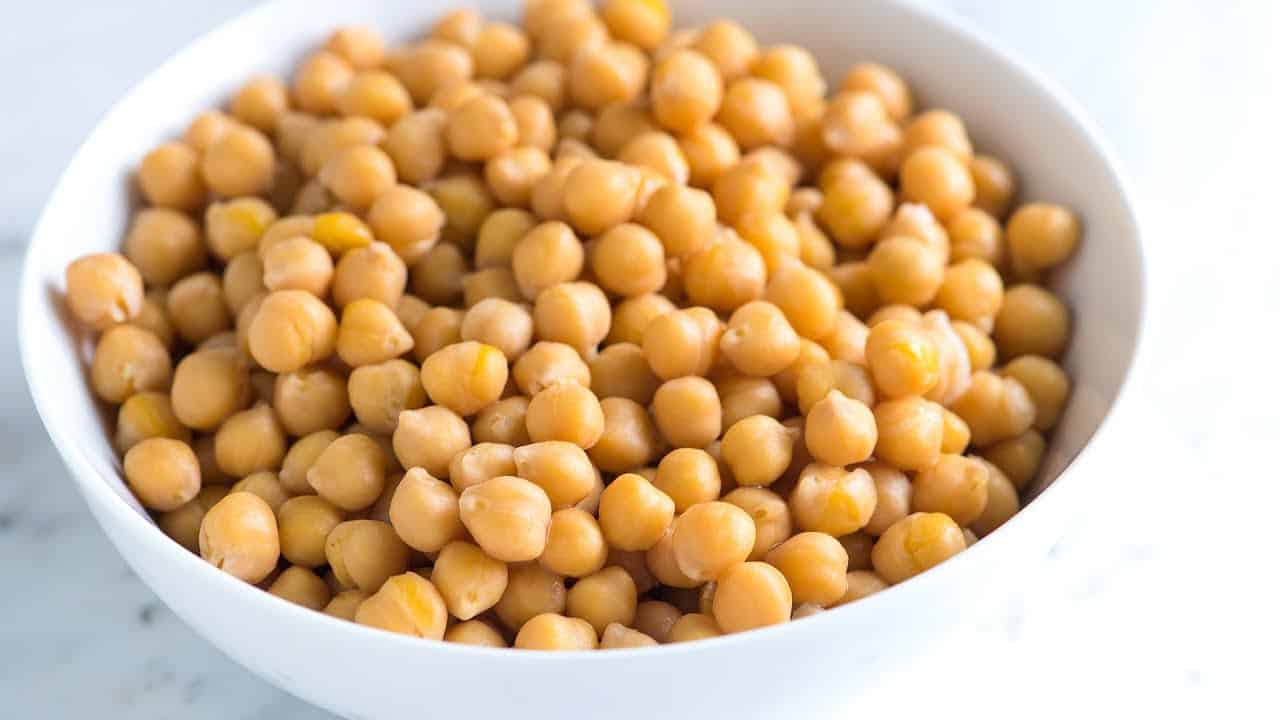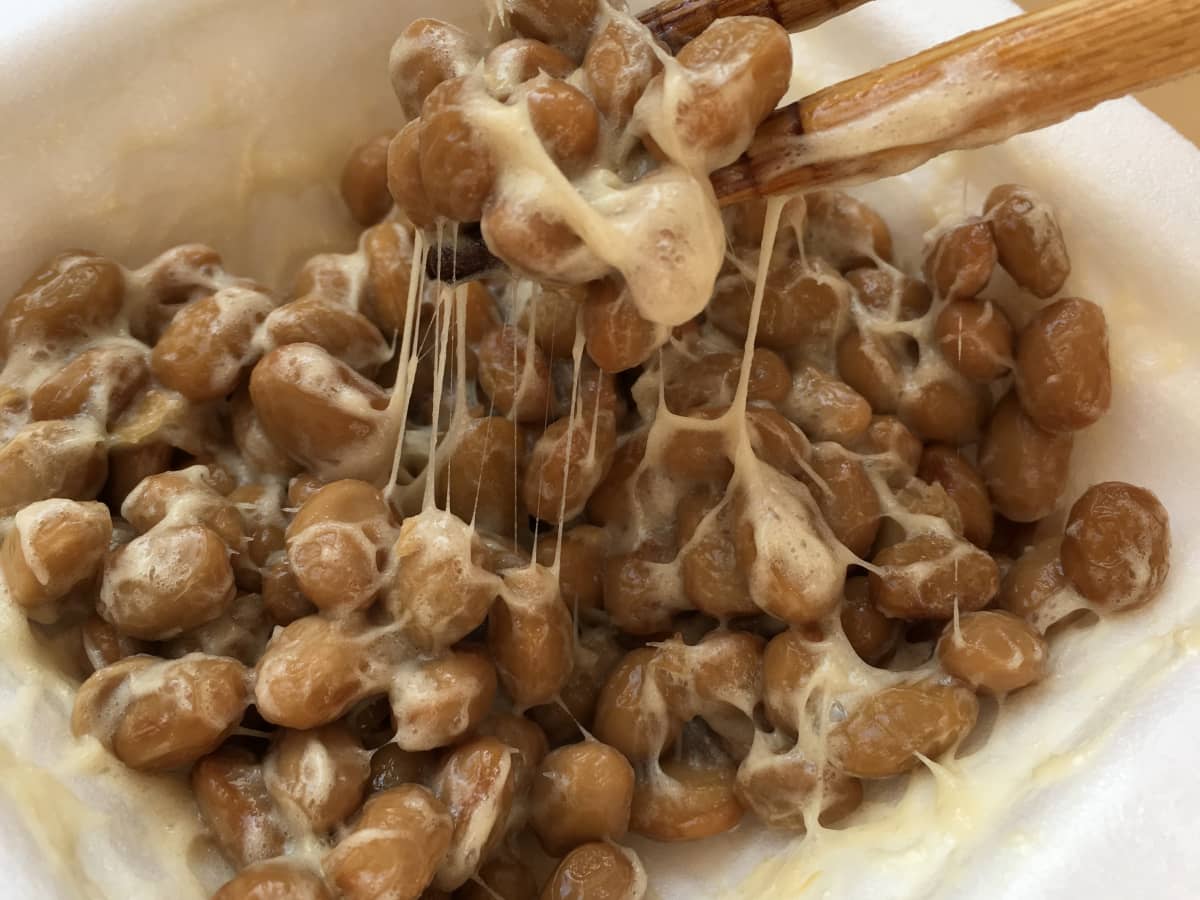What is Meat Fermentation?
Meat fermentation is a traditional method of preserving meat that has been used for centuries. It involves the use of beneficial bacteria to break down sugars and proteins in the meat, creating an acidic environment that inhibits the growth of harmful bacteria. This process not only extends the shelf life of the meat but also enhances its flavor and texture.
Choosing the Right Meat
When it comes to fermenting meat, it’s important to start with the right cut. Fresh, high-quality meat is essential for successful fermentation. Look for cuts with a good balance of lean meat and fat, as the fat contributes to the flavor and texture of the final product. Popular choices for fermenting meat include beef, pork, and game meats like venison or elk.
Preparing the Meat
Before you can begin the fermentation process, the meat needs to be prepared. This typically involves trimming off any excess fat and cutting the meat into small, uniform pieces. For best results, the meat should be kept cold throughout the preparation process to prevent the growth of harmful bacteria.
Adding Flavor and Seasoning
One of the great things about fermenting meat is the opportunity to infuse it with delicious flavors. Garlic, herbs, and spices can all be added to the meat before fermentation to create a unique and tasty end product. Experiment with different flavor combinations to find your favorite.
The Fermentation Process
Once the meat is prepared and seasoned, it’s time to start the fermentation process. This typically involves mixing the meat with a starter culture containing beneficial bacteria, such as lactobacillus. The meat is then packed into a container and left to ferment at a controlled temperature for a period of time, allowing the beneficial bacteria to work their magic.
Monitoring the Fermentation
During the fermentation process, it’s important to monitor the meat regularly to ensure that everything is progressing as it should. Check for any signs of spoilage and make any necessary adjustments to the temperature or humidity levels to create the ideal environment for fermentation.
Enjoying the Fermented Meat
Once the fermentation process is complete, you’ll be left with delicious, tangy, and flavorful fermented meat. This can be enjoyed on its own as a snack, added to sandwiches or charcuterie boards, or used as a flavorful ingredient in various dishes. The possibilities are endless!
Conclusion
Fermenting meat is a time-honored method of preserving and enhancing the flavor of meat. With the right ingredients, preparation, and patience, anyone can enjoy the unique taste and texture of fermented meat. So why not give it a try and experience the delicious results for yourself?
Was this page helpful?
Read Next: How To Ferment Pepperoni


